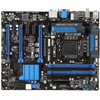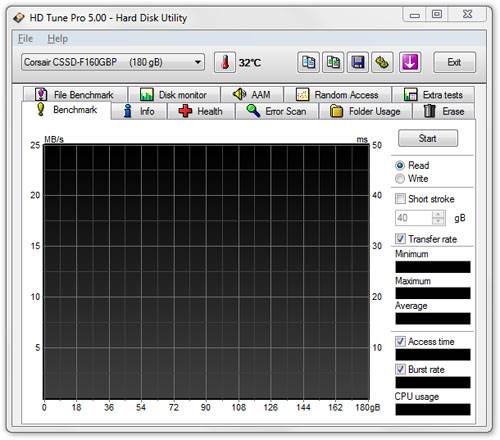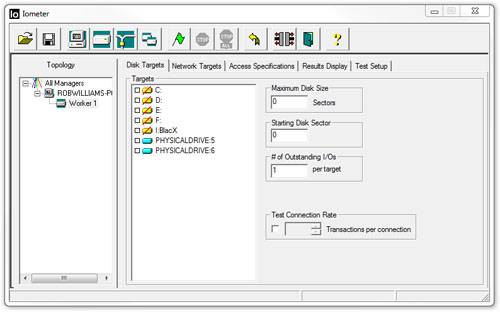- Qualcomm Launches Snapdragon 4 Gen 2 Mobile Platform
- AMD Launches Ryzen PRO 7000 Series Mobile & Desktop Platform
- Intel Launches Sleek Single-Slot Arc Pro A60 Workstation Graphics Card
- NVIDIA Announces Latest Ada Lovelace Additions: GeForce RTX 4060 Ti & RTX 4060
- Maxon Redshift With AMD Radeon GPU Rendering Support Now Available
MSI Z77A-GD55 Motherboard Review

If you’re looking for a good Z77 motherboard to pair up with that shiny Ivy Bridge CPU but don’t want to break the bank, MSI’s Z77A-GD55 is well worth a look. Despite its modest $165 price-tag, the GD55 offers a rich feature-set, looks good, has a robust EFI and even makes overclocking easy for those who don’t care for the manual route.
Page 6 – I/O Performance: HD Tune Pro 5.0 & Iometer
For those looking to purchase a new motherboard, storage performance likely isn’t something that immediately comes to mind, but the fact of the matter is, optimizations can be made, and also higher-quality controllers be enlisted, in order to deliver I/O performance that puts one board above the rest. While a little more difficult to spot prior to SSDs, thanks to today’s super-fast Flash-based devices, we can indeed see some notable differences between the various motherboards we bench with.
For as long as Techgage has existed, HD Tune has remained a static part of our virtual toolbox. The reasons for this are simple. First, it’s super-reliable, and second, it offers an unparalleled ease-of-use. It’s also highly configurable, but as we’re simply testing the I/O for motherboards here, we stick to the main “Read” benchmark, which provides us both min/max/avg results along with the all-important access time.


ASUS leads the pack where the maximum throughput is concerned, but MSI improved on both the Minimum and Average.
Iometer 1.1.0
While HD Tune is a superb tool for allowing us to benchmark a storage device in a variety of ways, Iometer is a bit more of a serious tool, allowing us to create our own tests and fine-tune them to our liking. It also outputs the performance as IOPS (in/out operations per second), allowing us to see which motherboard can handle a greater number of I/Os.
If a motherboard has more than one SATA chipset, we default to SATA port 0, unless there exist SATA 6Gbit/s ports that happen to be numbered higher. The goal is to use the fastest SATA port available on the motherboard, as that’s the one most people will use for their OS drive.



We’re seeing a continuation of a trend here, with ASUS pushing just past MSI, and Intel for the most part in back. The exception there is with the Workstation test, where Intel showed both ASUS and MSI who’s boss.
Support our efforts! With ad revenue at an all-time low for written websites, we're relying more than ever on reader support to help us continue putting so much effort into this type of content. You can support us by becoming a Patron, or by using our Amazon shopping affiliate links listed through our articles. Thanks for your support!







